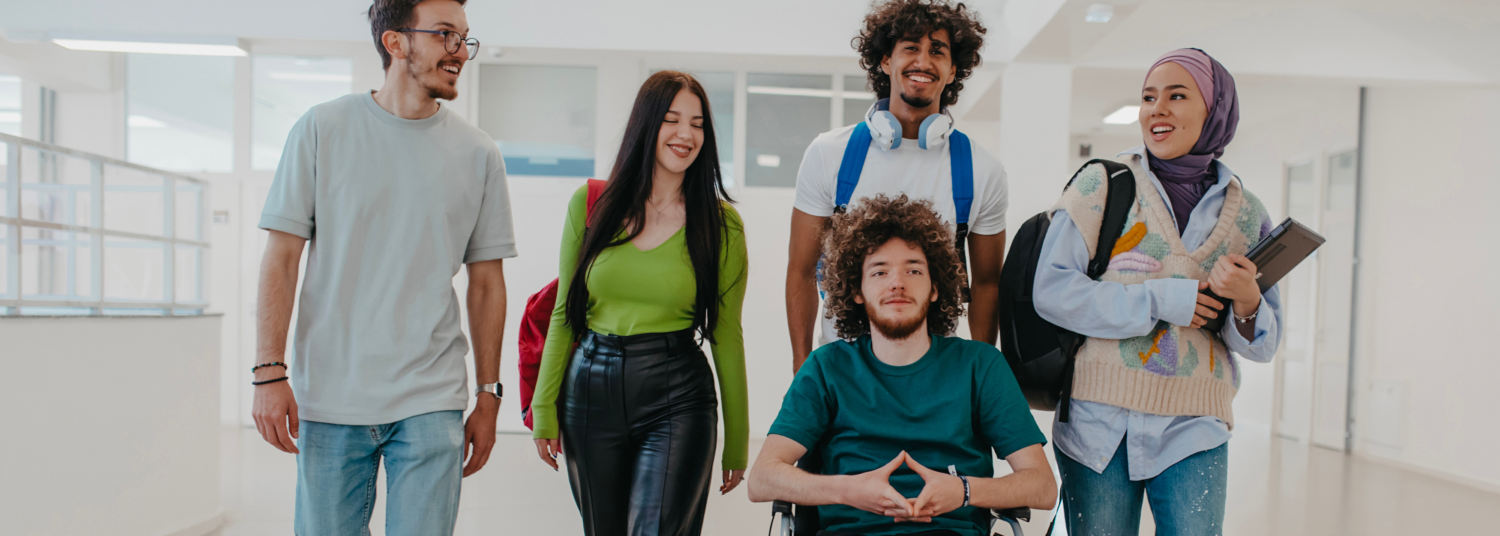Vocational rehabilitation (VR) services are an important part of the pathway to successful employment for people with disabilities. VR counselors, statewide coordinators, career advisors, case managers, and employment specialists play a large role in the quality of these services. The demand for qualified VR counselors is high – the Bureau of Labor Statistics predicts nearly 10,000 rehabilitation counselor job openings per year for the next decade, a job growth rate that is faster than the average for all occupations.
On average, 8% of the people served by VR across the country are deaf.
That number is higher in some states – for example, 18% of VR consumers in Texas are deaf.
Historically, vocational rehabilitation has sought ways to better serve deaf people by providing staff who are uniquely trained and qualified (e.g., rehabilitation counselors for the deaf, 34 CFR § 361.18) and building relationships with organizations and educational programs that specifically serve deaf people. Deaf consumers have long preferred VR counselors who are familiar with deaf people and can sign (Luft, 2022).
Video description: https://tinyurl.com/whbhfhy
Why Are There Fewer VR Counselors in the Field?
There are fewer and fewer specialized positions for rehabilitation counselors for the deaf, and only around 2% of current VR counselors are deaf (American Community Survey, 2022). Many of those deaf VR counselors have recently retired, or are near retirement age. There is a national shortage of VR counselors who are qualified to work with deaf people. This is a problem because deaf people benefit from working with qualified and experienced professionals who have deep knowledge and familiarity with deaf communities. Many VR statewide needs assessments have identified a need to hire more VR counselors and psychologists with expertise in working with deaf and deafblind people, and to increase outreach with deaf communities (e.g., Iowa, Ohio, Texas).
The national shortage of VR counselors with the necessary expertise to work with deaf people may be making an impact on the quality of services provided. Deaf people have to wait a longer period of time to get services, and deaf young people do not get enough pre-employment transition services. Some deaf people may be underserved, such as deafblind consumers, who may be more likely to be placed in unpaid employment (Cmar & McDonnall, 2019). White deaf people also get more services than Black, Indigenous, or Latine deaf people (Palmer et al., 2020; Cuevas et al., 2021).
How Can You Help?
You can help by advocating for maintaining positions for specialized rehabilitation counselors for the deaf in your state and spreading the word about open VR positions across the country – check out the job openings below and share this with your colleagues!









